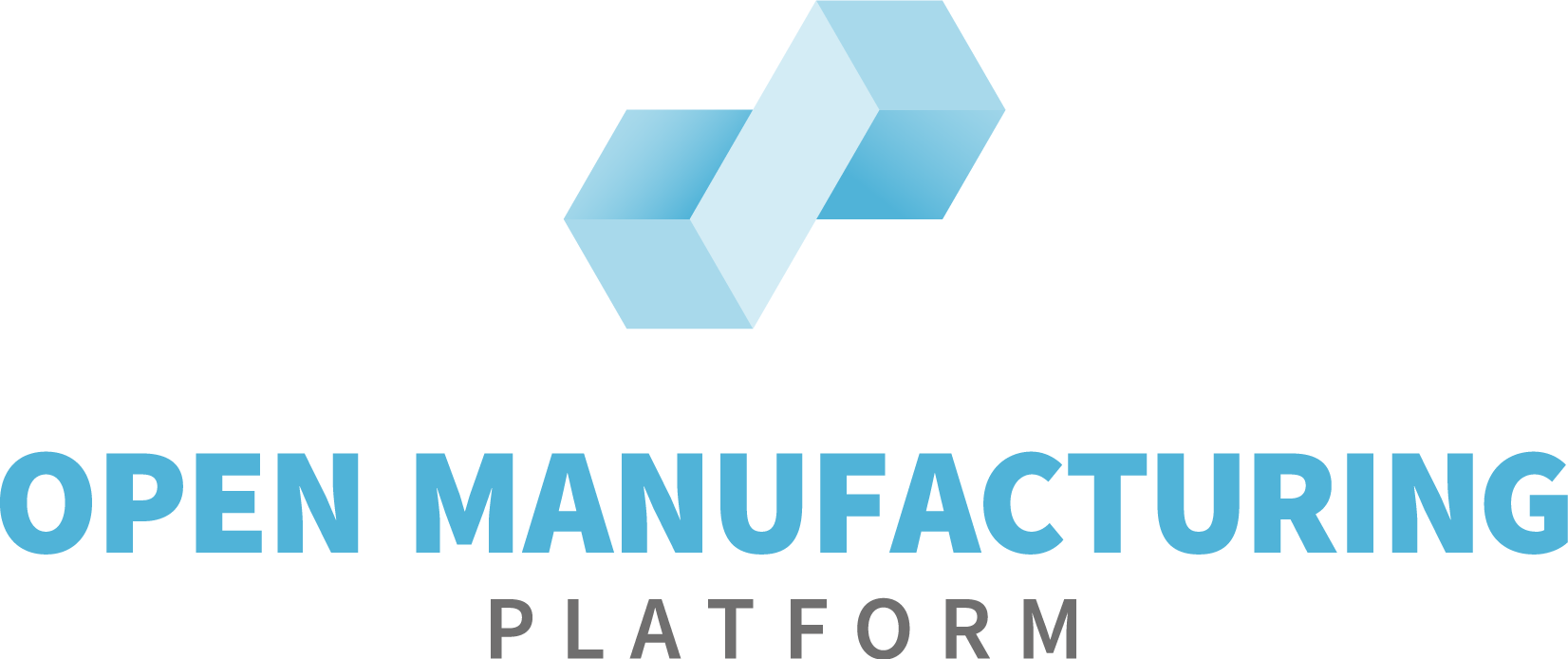Open Manufacturing Platform

Landing page for Open Manufacturing Platform in GitHub
Industry 4.0 – Core capabilities required to implement a Manufacturing Reference Architecture (MRA)
What is Industry 4.0?
Industry 4.0, also called smart manufacturing, can be defined as the trend of automation and data exchange in manufacturing technologies. This broadly includes the concepts of Digital Twins, the Internet of Things (IoT), cloud and edge computing, as well as machine learning algorithms and models applied to the manufacturing space. The benefits of Industry 4.0 are numerous and often not wholly realized as many manufacturing operations are just beginning to implement.
Some of the most common benefits organizations expect to realize once they have entered into their digital transformation and implemented an Industry 4.0 strategy include improved productivity and efficiency, better flexibility and agility, and increased profitability. In addition, Industry 4.0 can also improve the customer experience.
-
Improved Overall Equipment Effectiveness (OEE) results from the ability to monitor manufacturing processes and equipment and even apply AI algorithms to predict maintenance needs before machines malfunction.
-
Better flexibility and agility are achieved through the ability to predict changes in demand and digitally map changes to production lines.
-
Increased profitability results from lower maintenance costs, improved safety and security, and faster time to market.
-
Customer experiences are improved because they can enjoy faster and more reliable delivery schedules as well as insights into the production process.
Across the globe, the manufacturing ecosystem is embracing Industry 4.0. According to a 2022 report by Markets and Research, the industry 4.0 market was valued at USD 86.03 billion in 2020 and is expected to reach USD 267.01 billion by 2026 and grow at a CAGR of 20.71% over the forecast period (2021 – 2026).[i] With this kind of growth trend, it is easy to see why manufacturing organizations want to build the core capabilities to implement the changes necessary to realize the potential.
[i] https://www.researchandmarkets.com/reports/5185246/industry-4-0-market-growth-trends-covid-19
What are some of the common use cases?
Industry 4.0 is not a single monolithic functionality but encompasses a myriad of potential use cases. Some of the most common use cases include:
-
Condition Monitoring (CM): This is defined in Wikipedia as the process of monitoring a parameter of condition in machinery (vibration, temperature, etc.), in order to identify a significant change that is indicative of a developing fault.[i] The scope of the condition monitoring system is generally limited to the collection, processing, and end-user consumption of machine sensor data and is a prerequisite for predictive maintenance.
-
Predictive Maintenance: As a result of CM, predictive maintenance can be employed to determine the optimal time to service machines BEFORE they malfunction to prevent downtime, wasted materials, and poor-quality products. This saves the organization both time and money and allows for more predictable delivery schedules.
-
Supply Chain Risk Mitigation/Asset Tracking: Asset tracking refers to the ability to locate and track equipment, tools, work in progress (WIP), and finished product before it is delivered to customers. The ability to forecast supply chain risk and effectively and quickly track assets leads to operational savings, predictable delivery schedules, and the ability to avoid premium materials pricing during supply chain disruptions. [i] https://en.wikipedia.org/wiki/Condition_monitoring
How can the MRA Working Group (MRA WG) help?
This is by no means an exhaustive list of use cases for Industry 4.0. Deciding where and how to start the transformation within your own organization can seem daunting. The mission of the MRA working group is to provide hands-on guidance on how to define a reference architecture based on use cases and begin to take some of the complexity out of digital transformation in the manufacturing setting.
The most recent deliverable of the MRA WG describes the core capabilities a reference architecture should contain to be able to implement the most common Industry 4.0 use cases.
What are the common core software capabilities required to execute these use cases?
The goal is to provide a repository of capabilities that can be easily referenced from different use cases. These use cases rely on these capabilities and provide more details and context on a certain capability. The MRA WG provides implementation guidance regarding which capabilities are needed, how the capability can be implemented, and special considerations/lessons learned.
Capabilities are grouped into top-level categories like “Security” or “Interoperability”. Each top-level category has several “level 2” capabilities, providing more structure and grouping. The detailed description is then provided on the lowest level 3. The following diagram gives an overview by showing only the first two levels.

For more information, please visit the MRA Core Capabilities repository on GitHub at https://github.com/OpenManufacturingPlatform/mra-core-capabilities. The repository will be continually updated with new or missing core capabilities in the manufacturing ecosystem.